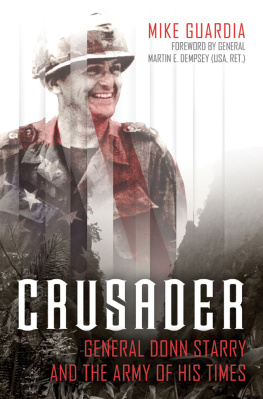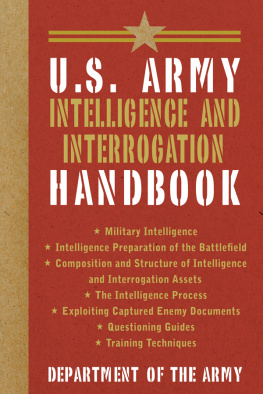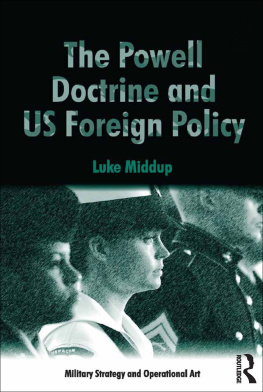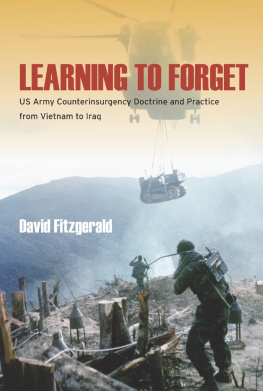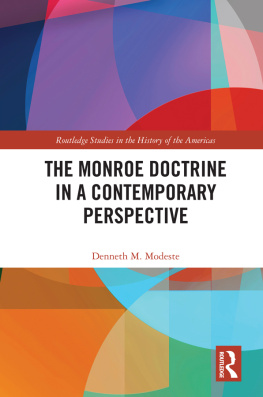Walter Edward Kretchik - U.S. Army Doctrine: From the American Revolution to the War on Terror
Here you can read online Walter Edward Kretchik - U.S. Army Doctrine: From the American Revolution to the War on Terror full text of the book (entire story) in english for free. Download pdf and epub, get meaning, cover and reviews about this ebook. publisher: University Press of Kansas, genre: Politics. Description of the work, (preface) as well as reviews are available. Best literature library LitArk.com created for fans of good reading and offers a wide selection of genres:
Romance novel
Science fiction
Adventure
Detective
Science
History
Home and family
Prose
Art
Politics
Computer
Non-fiction
Religion
Business
Children
Humor
Choose a favorite category and find really read worthwhile books. Enjoy immersion in the world of imagination, feel the emotions of the characters or learn something new for yourself, make an fascinating discovery.

- Book:U.S. Army Doctrine: From the American Revolution to the War on Terror
- Author:
- Publisher:University Press of Kansas
- Genre:
- Rating:3 / 5
- Favourites:Add to favourites
- Your mark:
U.S. Army Doctrine: From the American Revolution to the War on Terror: summary, description and annotation
We offer to read an annotation, description, summary or preface (depends on what the author of the book "U.S. Army Doctrine: From the American Revolution to the War on Terror" wrote himself). If you haven't found the necessary information about the book — write in the comments, we will try to find it.
The first comprehensive history of Army doctrine, Kretchiks book fully explores the principles that have shaped the Armys approach to warfare. From Regulations For the Order and Discipline of the Troops of the United States in 1779 to modern-day field manuals, it reflects the fashioning of doctrine to incorporate the lessons of past wars and minimize the uncertainty and dangers of battle.
Kretchik traces Army doctrine through four distinct eras: 1779-1904, when guidelines were compiled by single authors or a board of officers in tactical drill manuals; 1905-1944, when the Root Reforms fixed doctrinal responsibility with the General Staff; 1944-1962, the era of multiservice doctrine; and, beginning in 1962, coalition warfare with its emphasis on interagency cooperation. He reveals that doctrine has played a significant role in the Armys performance throughout its history-although not always to its advantage, as it has often failed to anticipate accurately the nature of the next war and still continues to be locked in a debate between advocates of conventional warfare and those who emphasize counterinsurgency approaches.
Each chapter presents individuals who helped define and articulate Army doctrine during each period of its history-including George Washington and Baron von Steuben in the eighteenth century, Emory Upton and Arthur Wagner in the nineteenth, and Elihu Root and William DePuy in the twentieth. Each identifies the first principles set down in manuals covering such topics as tactics, operations, and strategy; size, organization, and distribution of forces; and the promise and challenges of technological innovation. Each also presents specific cases that analyze how effectively the Army actually applied a particular eras doctrine.
Doctrine remains the basis of instruction in the Army school system, ensuring that all officers and enlisted soldiers share a common intellectual framework. This book elucidates that framework for the first time.
Walter Edward Kretchik: author's other books
Who wrote U.S. Army Doctrine: From the American Revolution to the War on Terror? Find out the surname, the name of the author of the book and a list of all author's works by series.

